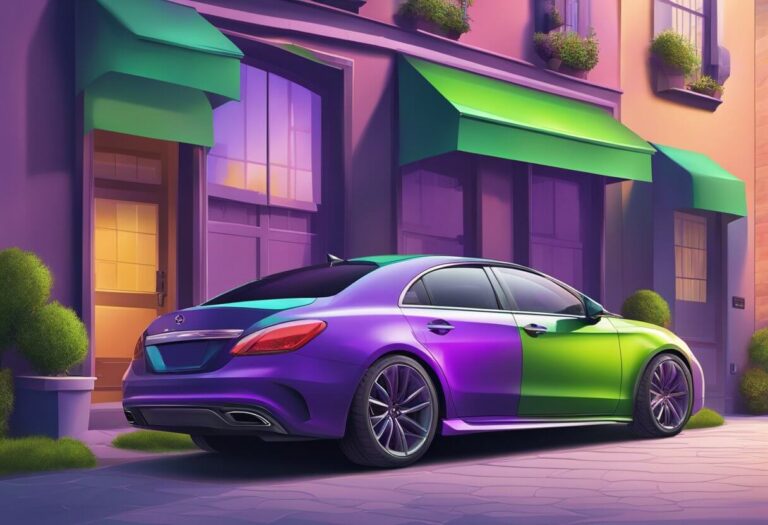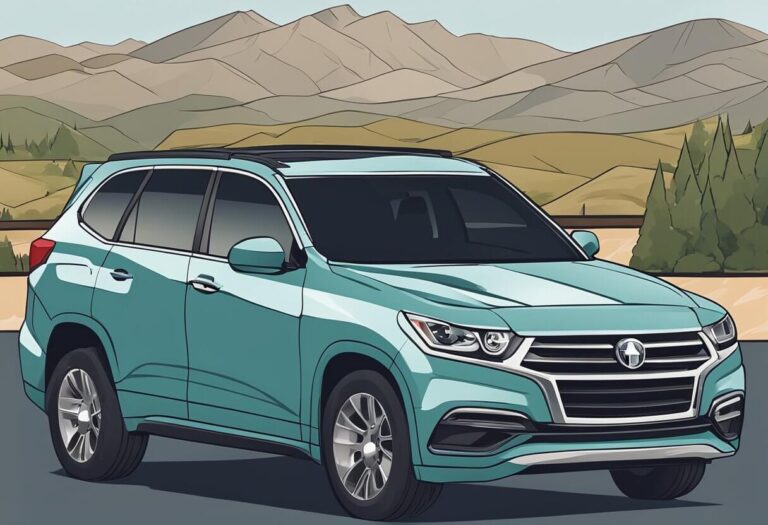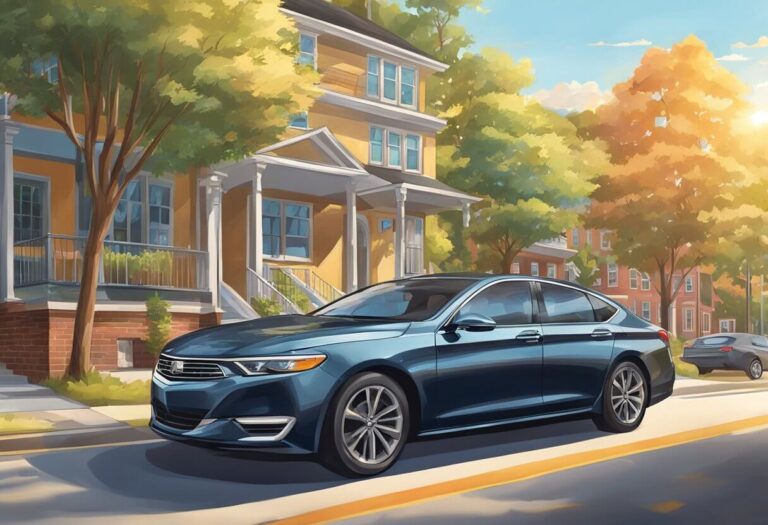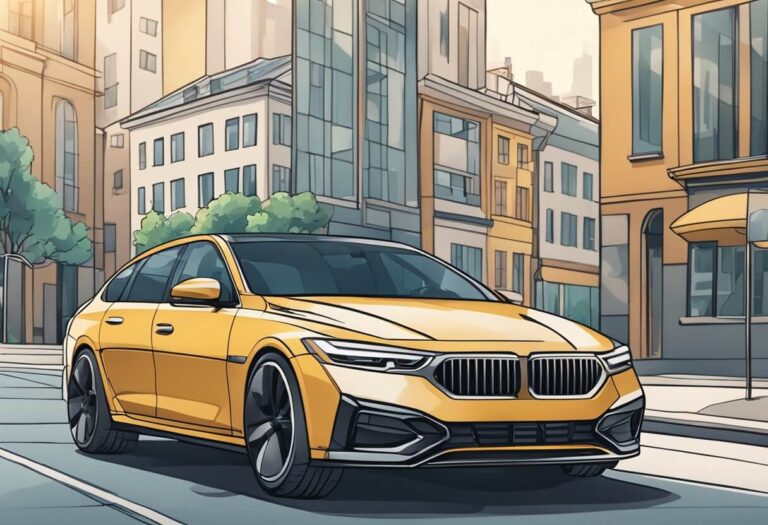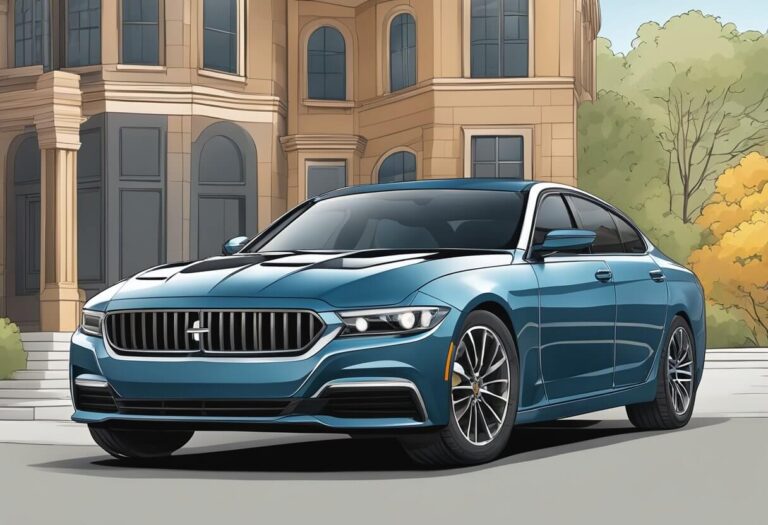What is the Darkest Legal Tint in North Carolina in 2024?
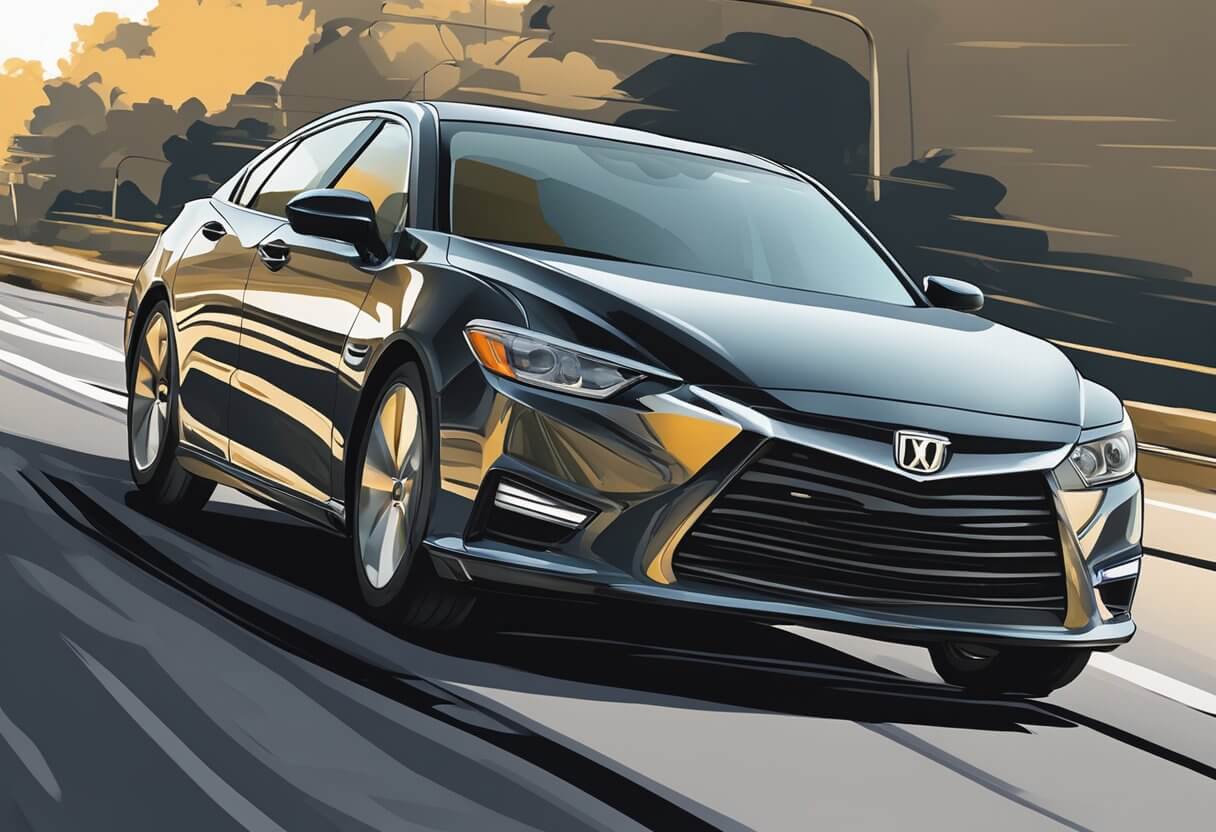
Driving around North Carolina, you’ll notice many vehicles with darkly tinted windows. It gives an intriguing, sleek look. But how dark can you legally go?
The darkest legal tint in North Carolina is 35% Visible Light Transmission (VLT) for sedans and 32% VLT for SUVs and vans. Read on to understand exactly what this means and the specifics on the window tint laws in NC.
In this comprehensive guide, we’ll cover:
- How window tint darkness is measured
- Overview of NC’s window tint laws
- VLT limits for sedans, SUVs and vans
- Additional legal considerations
- What 35% and 32% VLT looks like
- Consequences of breaking the tint law
- Next steps if you get pulled over
Understanding the rules on tint levels allows you to give your ride an eye-catching look without worrying about citations, so let’s get into it!
How is Window Tint Darkness Measured in North Carolina?
The darkness, or visible light blockage, of window tint is measured by the Visible Light Transmission (VLT) percentage. This metric refers to how much visible exterior light can pass through the window film to reach the vehicle interior.
- Higher VLT % = more light passes through = lighter tint
- Lower VLT % = less light passes through = darker tint
For example, 35% VLT means only 35% of incoming visible daylight goes through the tinted windows. The rest is blocked.
To accurately measure a vehicle’s VLT%, professional window tint meters are lined up on both sides of the glass. North Carolina sets legal limits on how low this measurement can go for certain windows.
Overview of North Carolina’s Window Tinting Laws
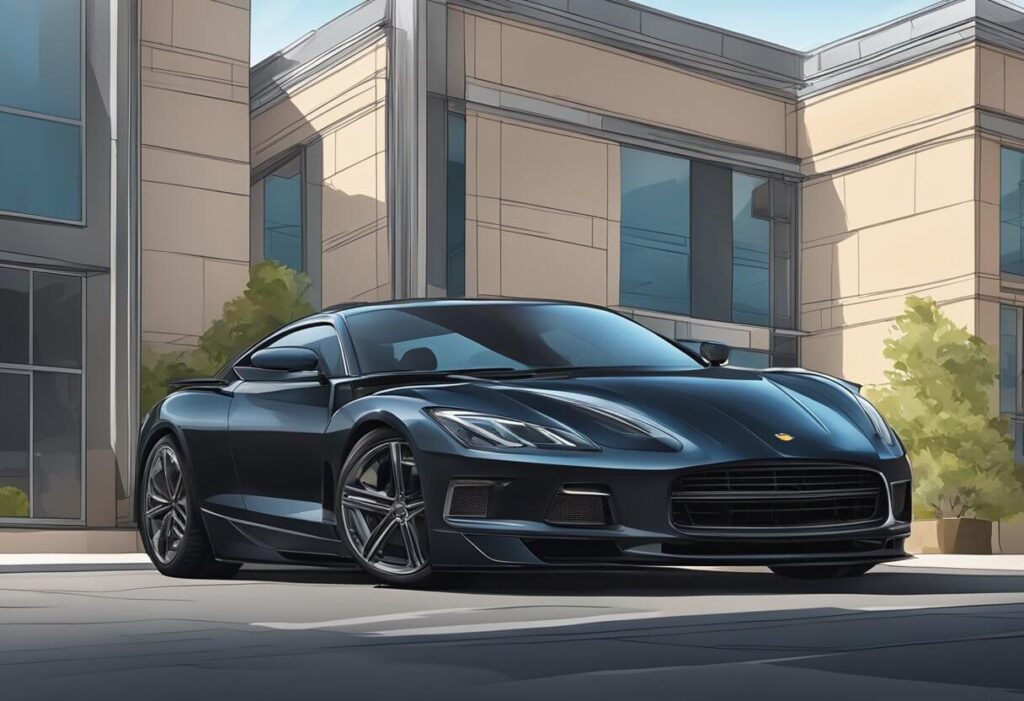
The specifics of North Carolina’s tint laws, including the maximum darkness allowed, depend on:
- Vehicle Type: Laws are stricter for sedans vs. SUVs/vans
- Window Location: Front, side and rear windows have different rules
We’ll break down the exact legal restrictions below. But in general:
- Sedans cannot have tint darker than 35% VLT on any window
- SUVs and vans can go as dark as they want on rear windows
Additionally:
- No colored tints like yellow or red
- Special exemptions exist for medical reasons
As with traffic laws in general, local interpretation and enforcement policies can vary. So we recommend researching your particular county’s guidance if you want to push the state’s darkness limits.
Now let’s get into those specific VLT percentages…
Legal Tint Limits for Sedans in North Carolina
For any standard sedan-style vehicle, the following VLT rules apply in NC:
Windshield Visible Light Transmission
- Non-reflective tint is allowed on the top portion
- Tint can extend down to the AS-1 line or 5 inches below the windshield top, whichever is longer
- This provides shade while leaving main viewing area clear
Front Side Window VLT
- Front side windows must allow more than 35% of light
- This applies to driver and passenger windows
Back Side Window TLT
- For back seat side windows, the rule remains the same
- Must transmit more than 35% visible light
Rear Windshield Visible Light Transmission
- The rear windshield is also limited to more than 35% VLT
So for sedans, 35% is the darkest threshold across all windows aside from a 5-inch top windshield stripe. Even if you have factory glass that’s lighter than 35% though, upgrading to extra dark tint risks going over the legal limit.
SUV and Van Window Tint Limits in North Carolina
Trucks, vans, and SUVs get more flexibility when it comes to NC tint regulations. Specifically:
Windshield Visible Light Transmission
- Same as sedans:
- Non-reflective strip allowed on top portion above AS-1 line
- Can extend 5 inches down from windshield top
Front Side Window VLT
- Front side windows must allow over 35% light transmission
Back Side and Rear Window VLT
- Back seat side windows and rear window have no darkness limit
- Any VLT % is legal on rear SUV or van windows
So unless you drive a 15-passenger van defined under special rules, you can block as much light as you want out back while keeping front side windows lighter.
Additional North Carolina Window Tint Rules
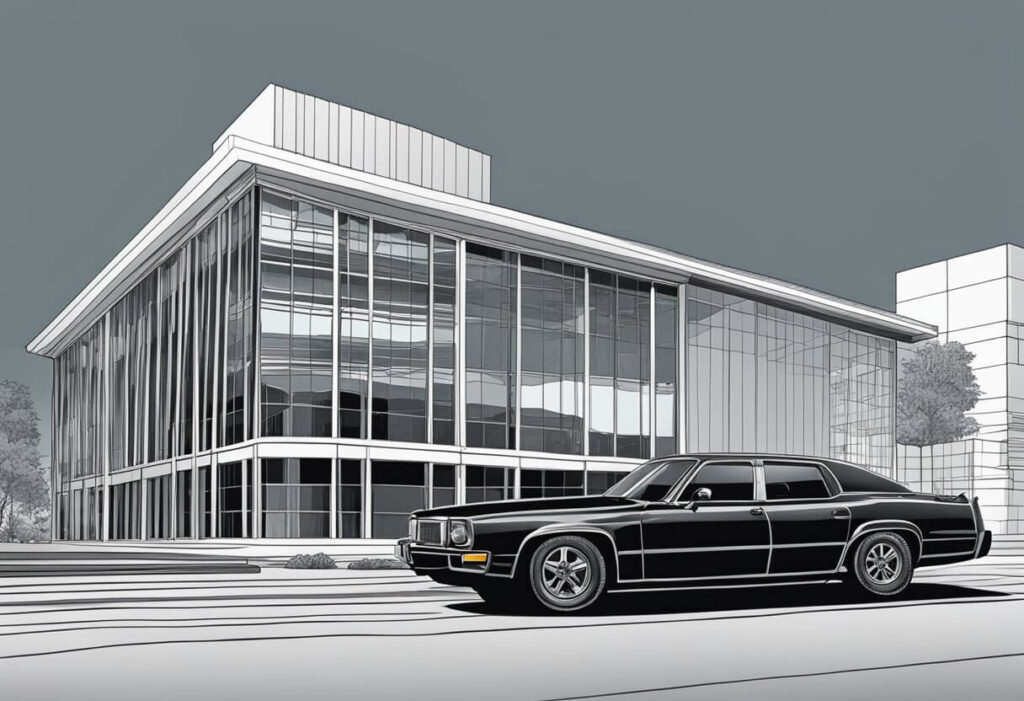
Beyond the percentage-based VLT limits, North Carolina enforces other laws regarding automotive window films.
Restricted Tint Colors
Certain tint colors that darken windows are explicitly prohibited for civilian vehicles:
- Red window tint
- Yellow window tint
- Amber window tint
So even if these colors let enough light through, they aren’t permitted. Stick with traditional charcoal black instead.
Dual Side Mirror Requirement
If any rear window (back seat side or rear) is tinted, North Carolina law mandates:
- Both left and right side mirrors are required
This improves rear visibility to compensate for darker rears.
Medical Exemptions
For certain medical conditions like photosensitivity disorders, patients can qualify for a medical exemption to use darker tint:
- Up to 5-year permission for extra darkness
- Lower left corner of rear window must display permit
See the NC DMV’s Medical Review Program for specifics on how to gain doctor-authorized exception status.
What Do 35% VLT and 32% VLT Look Like?
Now that we’ve covered the regulations in detail, what is that darkest legal threshold actually like in practice?
Sedan Limit: 35% Visible Light Transmission
A professional-quality 35% VLT window film on a sedan comes close to the look of factory-tinted SUV privacy glass.
It cuts incoming daylight by just over two thirds, providing appealing dimness while still meeting occupant visibility needs. You won’t be squinting or struggling to see inside during daytime.
And at night with vehicle lights on, the cabin remains nicely illuminated to the occupants while preventing exterior peeking.
It’s certainly not light, but a happy middle ground between solid heat/glare protection and safety.
SUV/Van Limit: 32% Visible Light Transmission
In contrast to the 35% required for sedans, some installers actually recommend going down to 32% VLT on SUVs and trucks.
Why 32% instead of something darker? Two reasons:
First, it accounts for +/- 3% variance in meter measurements. You don’t want to end up below the legal limit due to inaccurate device calibration.
Second, 32% offers just enough interior illumination for safe nighttime driving. Any darker risks compromising visibility.
So when maxing out rear tint on your SUV or van, consider capping at around 32% visible light transmission even though North Carolina doesn’t mandate it.
What Happens If Pulled Over With Too-Dark Window Tint in North Carolina?
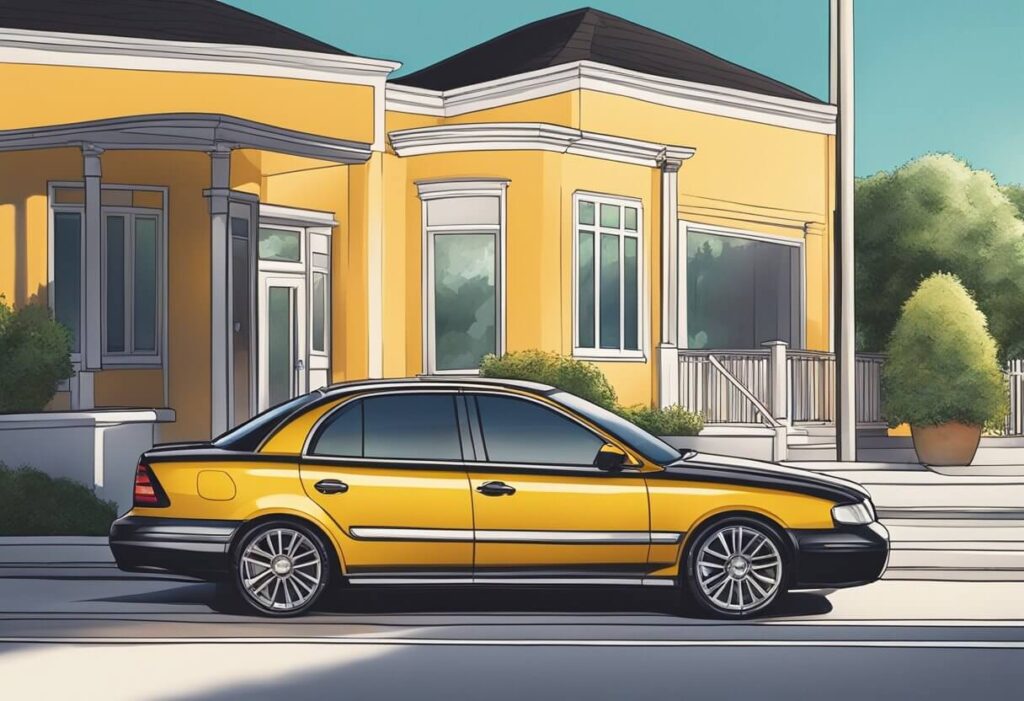
Like most vehicle modifications, improperly tinted windows can warrant fines if caught. Based on G.S. 20-127.1 in the NC statutes:
- The penalty for excessively dark window tint starts at a $50 base fine
- Adding court fees raises the total citation cost to $238
Unlike speeding tickets with pre-defined surcharges, the district attorney has discretion on how much to tack on for banned tint. It can quickly turn into an expensive mistake.
If you’re ever questioned on your automotive film:
- First, remain polite and cooperative rather than debating officers
- You may need to remove window tint on the spot if it appears too dark
- Long term, ensure your existing film is lightened to comply, or new legal film installed
With North Carolina being relatively strict on tint compared to some other states, don’t take warnings lightly even if let go initially. The last thing you want is an unnecessary defective equipment infraction on your record.
Conclusion: Understand Your Vehicle Tint Rules and Options in NC
Hopefully this breakdown gives you confidence on precisely how dark window tint can legally be in North Carolina depending on whether you drive a car, truck or SUV.
We covered all the state regulations around visible light transmission percentage, colors, driver visibility needs and special medical exceptions.
While rules are important for safety, don’t forget aesthetics! The right VLT window film will make your ride look slick without limiting practical light transmission.
So consult experienced NC tint shops on pairing excellent heat protection and UV blocking with a beautiful charcoal facade. Or remove old non-compliant films and upgrade to something current.
Want to maximize vehicle coolness in North Carolina without worry? Now you understand the Sr-recommended sweet spot is 35% VLT for sedans and 32% for SUVs and trucks.
Stay compliant and stylish on the roads by learning and following your tinting laws!
Additional Window Tinting Questions
Still seeking more knowledge on North Carolina window tint specifications, options and legal considerations? This section tackles some common queries.
Do all vehicles come with factory window tint?
From the manufacturing line, most modern vehicles have factory-installed glass with approximately 75% to 85% visible light transmission. This faint window dye provides a light heat and UV barrier while remaining crystal clear.
So when applying aftermarket window tint, account for the existing VLT reduction from the stock glass when ensuring your total darkness complies with state law.
Does North Carolina require window film to be certified or labeled?
Unlike some states, North Carolina does not mandate:
- Window tint manufacturers certify that their sold product meets regulations
- Installed window film bears visible markings denoting legality
However, reputable brands certified through ANSI, ASTM International and other organizations still provide assurance of quality and visibility characteristics.
Can car window tint stickers prevent getting pulled over?
Some North Carolina drivers put tint strips or percentage stickers on side windows hoping it will reduce hassle from police after dark windows catch attention. However, this practice does not guarantee preventing getting pulled over. Enforcement officers still use discretion based on total visible interior lighting conditions observed.
If legitimate medical exemption permits are gained and properly displayed per DMV procedures, this offers more effective proof of extra darkness legality when questioned at night.
Can you get a fix-it ticket for North Carolina illegal tint?
If cited for overly-dark window tint during a North Carolina traffic stop or safety inspection, drivers face two options:
- Pay the full fine (minimum $50 plus court fees up to $238 total)
- Remove the excess film immediately and provide proof of correction to court
So while not technically a “fix-it ticket”, remedying illegal films right away can help mitigate penalties. Ensure your regional statures allow this potential fine reduction approach.
Do vans and multipurpose vehicles have any North Carolina tint exemptions?
Yes – North Carolina General Statute 20.127.1 allows certain vehicle types to exceed standard rear window visibility rules:
- Property-hauling trailers and RVs (rear window only)
- Excursion passenger vehicles like tour buses
- Vans made to carry less than 10 passengers
For specifics on definitions, documentation requirements and other qualifying exemptions, check official DMV guidance.
When were North Carolina window tint laws first enacted?
North Carolina’s legal restrictions on automotive window film darkness and allowances for medical waivers first took effect in 1991 under G.S. 20-127.
The laws were revised and updated in 2001 to refine percentages for light transmittance, reflectivity and locate application on certain windows. They continue evolving today.
Can car window tint prevent skin cancer and sun damage?
Yes – clinical research shows vehicle passengers experience sustained ultraviolet (UV) exposure, particularly on left arms. Applying window film blocks 97% to 99% of these rays year-round:
- Lowers melanoma and other skin cancer risk
- Reduces premature photo-aging like wrinkles and spots
So while aiming for a sleek smoked look, don’t underestimate the safety benefits from regulated North Carolina tint too!

